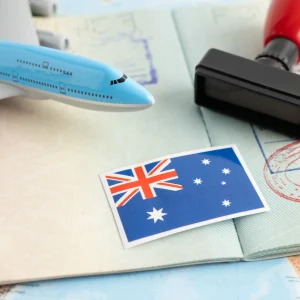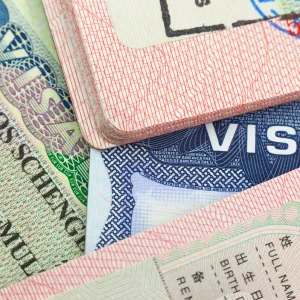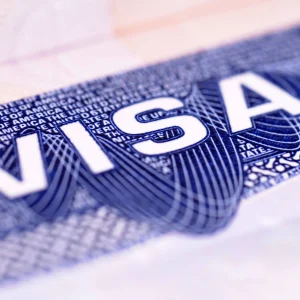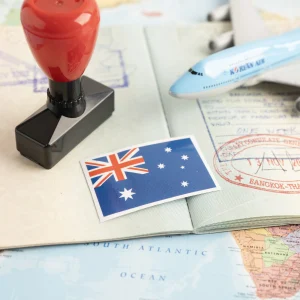How to Secure an 187 Visa and Live in Regional Australia as a Skilled Worker
If you’re a skilled worker planning to settle in regional Australia, the 187 Visa (RSMS) could be your pathway to permanent residency. In this guide, we’ll explain how the visa works, its benefits, and the essential steps to help you navigate the application process. Ready to take the next step toward a new life in Australia? Keep reading to find out how to get started!










